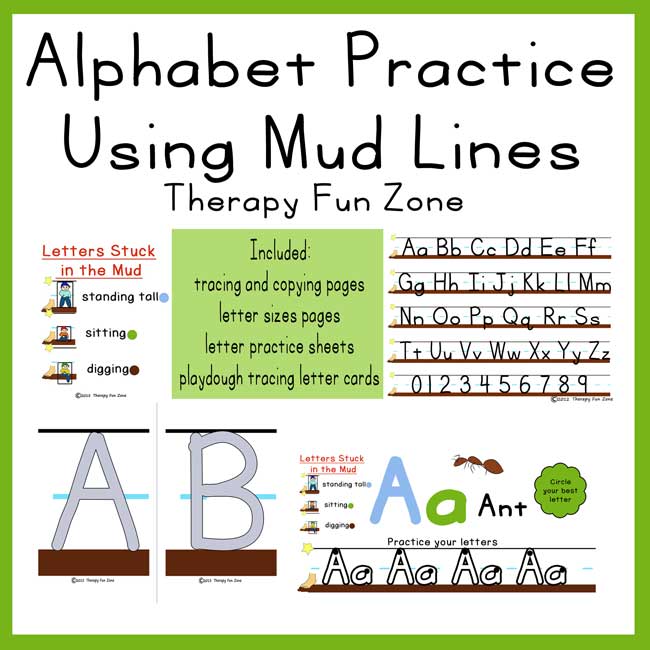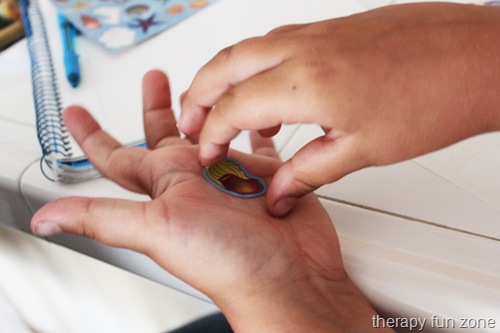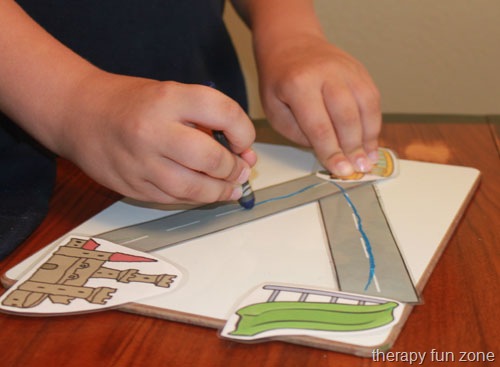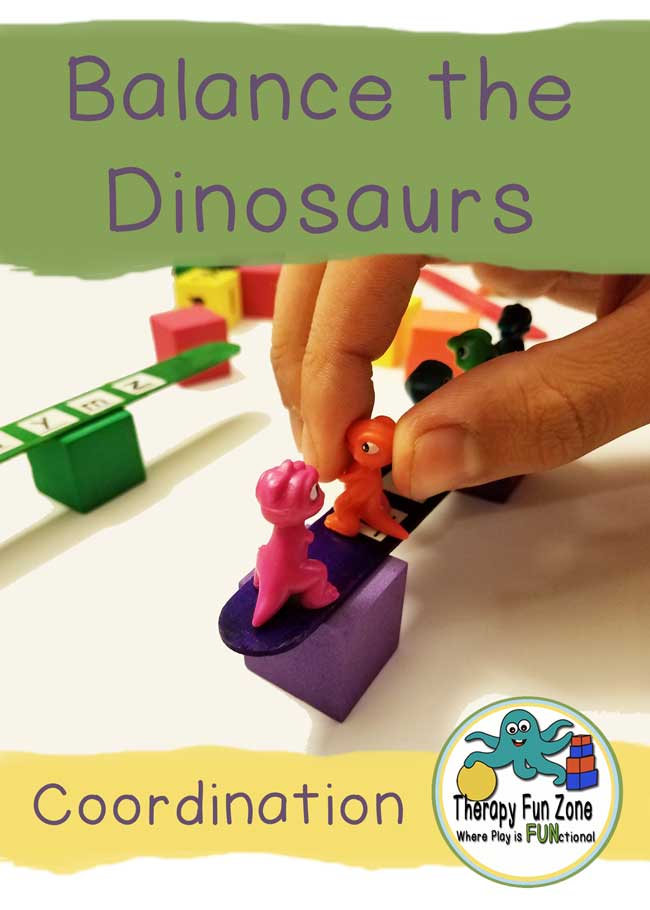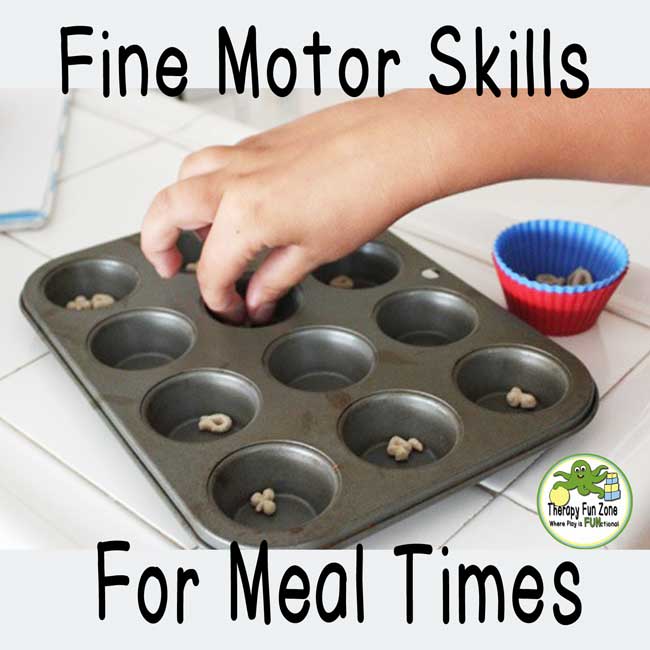Early Intervention Fine Motor and Sensory
This post may contain affiliate links.
The primary areas OT is working on in Early Intervention is fine motor, some sensory, and feeding. These areas are hugely important for parents to follow through with and work on daily at home. When Doing fine motor with young children, there are some good ways to set the stage to encourage improvement.
An important precursor is shoulder and arm strength and working the arches of the hand. We do this by weight bearing into the hand, so a lot of crawling games like tunnels, obstacle courses with couch cushions and pillows, wheelbarrow walking, etc.
Then it is also very important to color, draw and paint on a vertical surface such as an easel, mirror, shower wall, sliding glass door, etc. The vertical surface writing strengthens the shoulder, arm, and wrist, and encourages wrist extension.
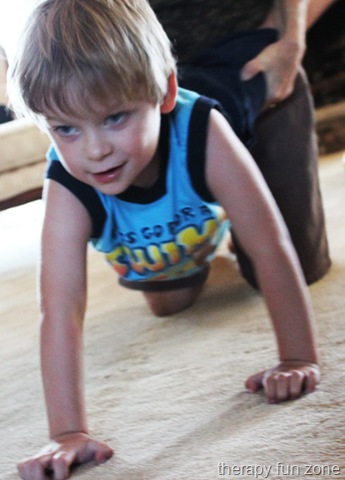
Depending on the child’s abilities, fine motor can be picking up a block with a gross grasp to picking up a piece of lint with a fine tip pinch.
To challenge the fine motor naturally, a great way is putting cheerios or items into a muffin tin so that the child can’t use their whole hand to pick up the item but they need to get their fingers into the tin.
Sensory
For the sensory aspect, many of the kids get easily overwhelmed, and usually it is a combination of too many sensations at one time and their systems can’t process it very well.
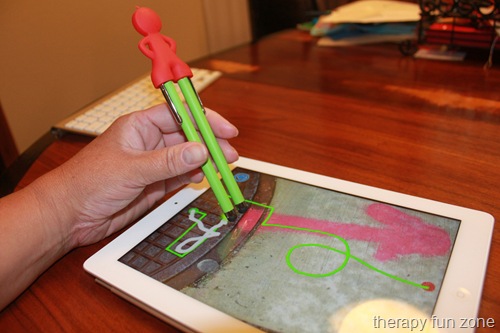
Device over use
A good place to start with these kids is to first stop the device over-use. Kids with typical systems have negative reactions to device over-use, so our kids who have problems with their systems have an even stronger reaction. There are multiple things going on with the reactions. At first, it looks like the device is helping them because they calm down and watch things on it, but what it is actually doing is acting as a drug by creating feel-good chemicals in their system. Then when the device is taken away, they don’t know how to deal with the loss of it and they want those chemicals back. The device also helps block out the rest of the world, so they aren’t learning how to deal with the world on their own without the device.
- researchers have discovered that overuse of online devices places children in a “digital fog” in which they feel fatigued, irritable, and distracted (Small and Vorgan p. 19). To combat this mental burnout, the brain secretes more cortisol and adrenaline.
- Research revealed that the frantic pace of the internet can result in the brain’s pruning neuronal tracts to the frontal lobe, an area which regulates emotion (Sowell, Thompson, Tessner, Toga p. 8820).
- Toddlers who interact with technology tend to have more tantrums on average than those who don’t.
- Toddlers experience the same withdrawal symptoms as alcoholics or heroin addicts when devices are taken away (Ward p. 3)
The most calming and organizing to our sensory systems is being out in nature and physical exercise. The best thing for a child’s sensory system as well as their motor and development is to get to the park every day or several times a day.
Linear movement is calming
- swings
- rocking horse
- rocking chair
vestibular movement is exciting.
- slides
- jumping
- circular swinging
Heavy work is calming
- climbing
- lifting
- jumping
The auditory sounds of birds and a light breeze is calming
The visual of green grass and blue sky is calming
The smell of grass and trees is calming
Read more about the sensory system here.


